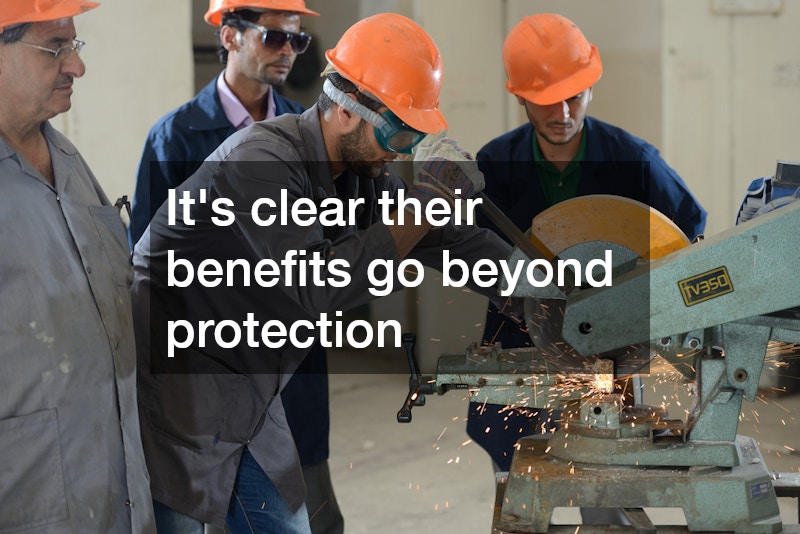How do UV stabilizers work in machinery?
The Science Behind UV Stabilizers
UV stabilizers play a crucial role by absorbing harmful UV radiation, thus preventing degradation of machinery materials. This is achieved through their ability to convert UV rays into harmless heat, which dissipates naturally. Additionally, some UV stabilizers function by neutralizing free radicals that can accelerate the breakdown of materials.
The integration of UV stabilizers into polymers ensures that the molecular structure remains intact under prolonged UV exposure. This resistance to UV-induced chemical reactions helps maintain the mechanical properties of machinery. The outcome is a significant reduction in discoloration, cracking, and loss of flexibility in essential machine parts.
Through a delicate balance of chemical reactions, UV stabilizers enhance the durability of materials exposed to sunlight. This entails the use of additives such as benzotriazoles or hindered amine light stabilizers (HALS). Such compounds are specifically formulated to provide long-lasting protection even under extreme environmental conditions.
Types of UV Stabilizers Used in Industry
There are several types of UV stabilizers used across industries, each tailored for specific applications. Hindered Amine Light Stabilizers (HALS) are commonly used due to their ability to offer long-term protection and efficiency. Benzotriazoles and benzophenones are other prevalent UV absorbers, often employed in industries requiring less intense stabilization.
These stabilizers are selected based on the substrate material and environmental exposure expected. For example, benzophenones are often utilized in coatings and paints, while HALS are favored for plastic components. The choice of UV stabilizer impacts the strength, aesthetic, and longevity of machinery components significantly.
In industries such as construction, automotive, and agriculture, the right type of UV stabilizer is essential. Each industry demands specified stabilizers to counteract the specific challenges posed by UV exposure. Therefore, selecting the appropriate UV stabilizer enhances longevity and ensures optimal machinery performance.
Real-World Applications of UV Stabilizers
Numerous industries benefit from the inclusion of UV stabilizers in machinery and equipment. In the automotive industry, UV stabilizers help maintain the integrity of exterior parts and coatings. Agriculture also sees benefits, especially in polymer-based equipment exposed to sunlight.
The construction industry utilizes UV stabilizers in applications such as window profiles, roofing materials, and exterior cladding. These stabilizers help ensure the materials do not degrade in strength or appearance over time. Moreover, UV protection in outdoor machinery reduces wear and tear, ensuring consistent operational efficiency.
Within the packaging sector, UV stabilizers are vital for prolonging the shelf life and aesthetic quality of plastic containers. By preventing UV-induced color fading and material breakdown, these stabilizers support sustainable packaging solutions. Collectively, these real-world applications underscore the indispensable role of UV stabilizers across various sectors.
What are the benefits of using UV stabilizers in machinery?
Prolonging Machinery Lifespan
UV stabilizers are key to extending the lifespan of machinery by minimizing UV-induced damage. They maintain the structural integrity of materials, essential for operational efficiency over extended periods. Less damage from UV exposure means fewer replacements and repairs, translating to prolonged machinery life.
With the application of UV stabilizers, machinery can withstand continuous exposure to sunlight without deteriorating. This robustness is particularly crucial for outdoor machinery constantly subjected to harsh environmental conditions. The end result is a substantial reduction in material fatigue and premature wear and tear.
Moreover, the benefits of prolonged lifespan extend to cost efficiency and sustainability. Machinery that lasts longer reduces the frequency of manufacturing new parts, thus conserving resources. This not only fosters a more sustainable approach but also enhances the overall value derived from industrial equipment.
Reducing Maintenance Costs
The financial advantages of using UV stabilizers are evident in the reduced need for frequent maintenance. By safeguarding machinery against UV damage, businesses can save significantly on repairs and part replacements. This decreased maintenance expenditure directly contributes to a better bottom line in many industries.
Moreover, less wear and tear on machinery parts results in fewer unscheduled downtimes. This ensures that industrial operations remain efficient and productive without unexpected interruptions. The combination of lower maintenance costs and higher operational uptime culminates in improved profitability.
Additionally, routine maintenance routines can be extended, allowing for more strategic planning and allocation of resources. Industrial players can allocate savings towards further innovation and development rather than reactive maintenance. Hence, the use of UV stabilizers can be seen as a cost-effective strategy in asset management.
Summarizing the essential role of UV stabilizers in maintaining machinery integrity and performance, it’s clear their benefits go beyond protection. By extending machinery lifespan, reducing maintenance costs, and enhancing reliability, UV stabilizers are invaluable. Their use supports both economic and operational facets of industrial machinery, ensuring sustained performance and profitability.
.


